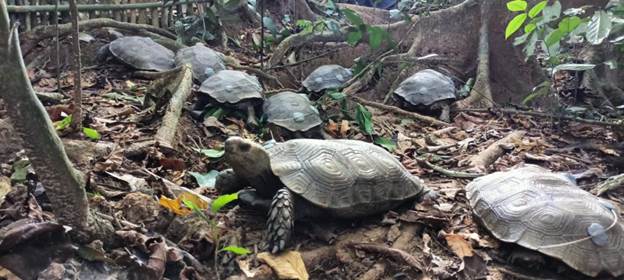Free Courses Sale ends Soon, Get It Now


Free Courses Sale ends Soon, Get It Now



Copyright infringement not intended
Context: Ten captive-bred Asian Giant Tortoise (Manouria emys) juveniles were released into a protected area of Nagaland.
Details:
Tortoises and Turtles:
|
DIFFERENCE |
|
|
Turtle |
Tortoise |
|
Most turtles are primarily water-dwelling reptiles |
Tortoises are land-dwelling reptiles |
|
Turtles are usually omnivores |
Tortoises are primarily herbivores |
|
Turtles generally have lighter shells on their backs |
Tortoises have much heavier and robust shells |
|
Not all turtles are Tortoises |
All tortoises are turtles, as they belong to the order Testudines |
|
Turtles usually have a shorter life span from 20-40 years |
Tortoises usually have a long life from 80-150 years |
© 2024 iasgyan. All right reserved